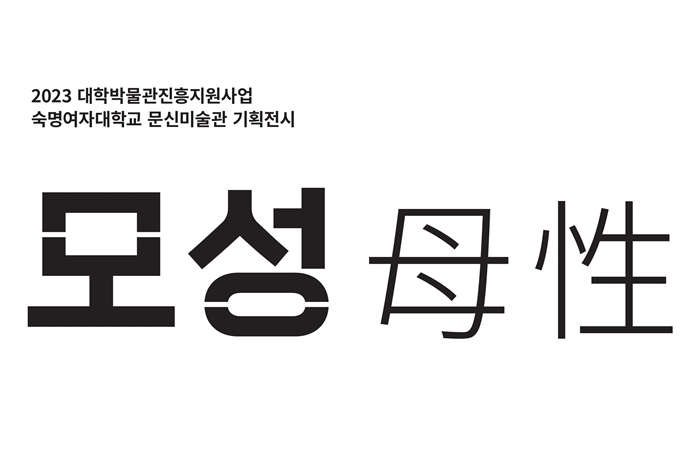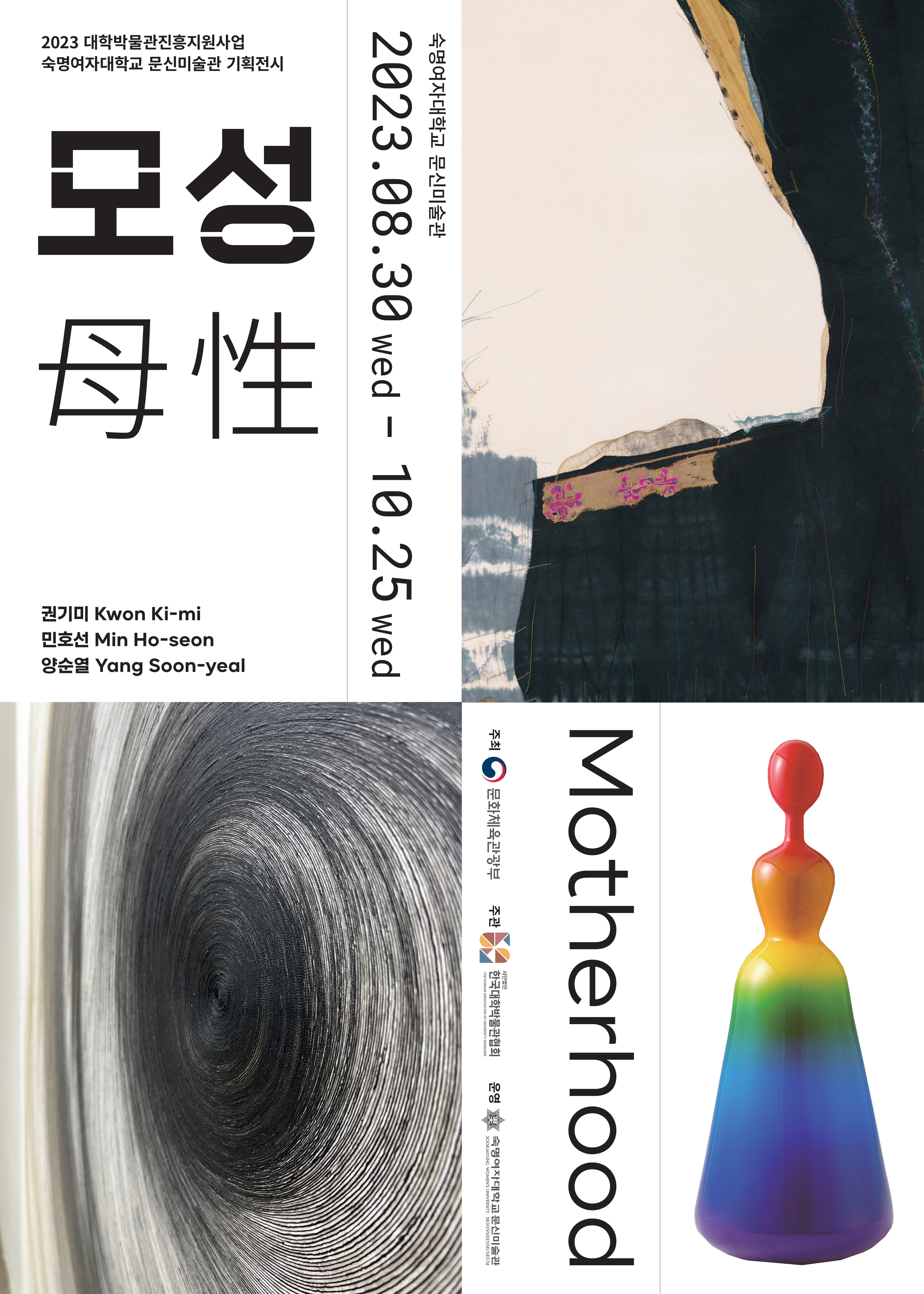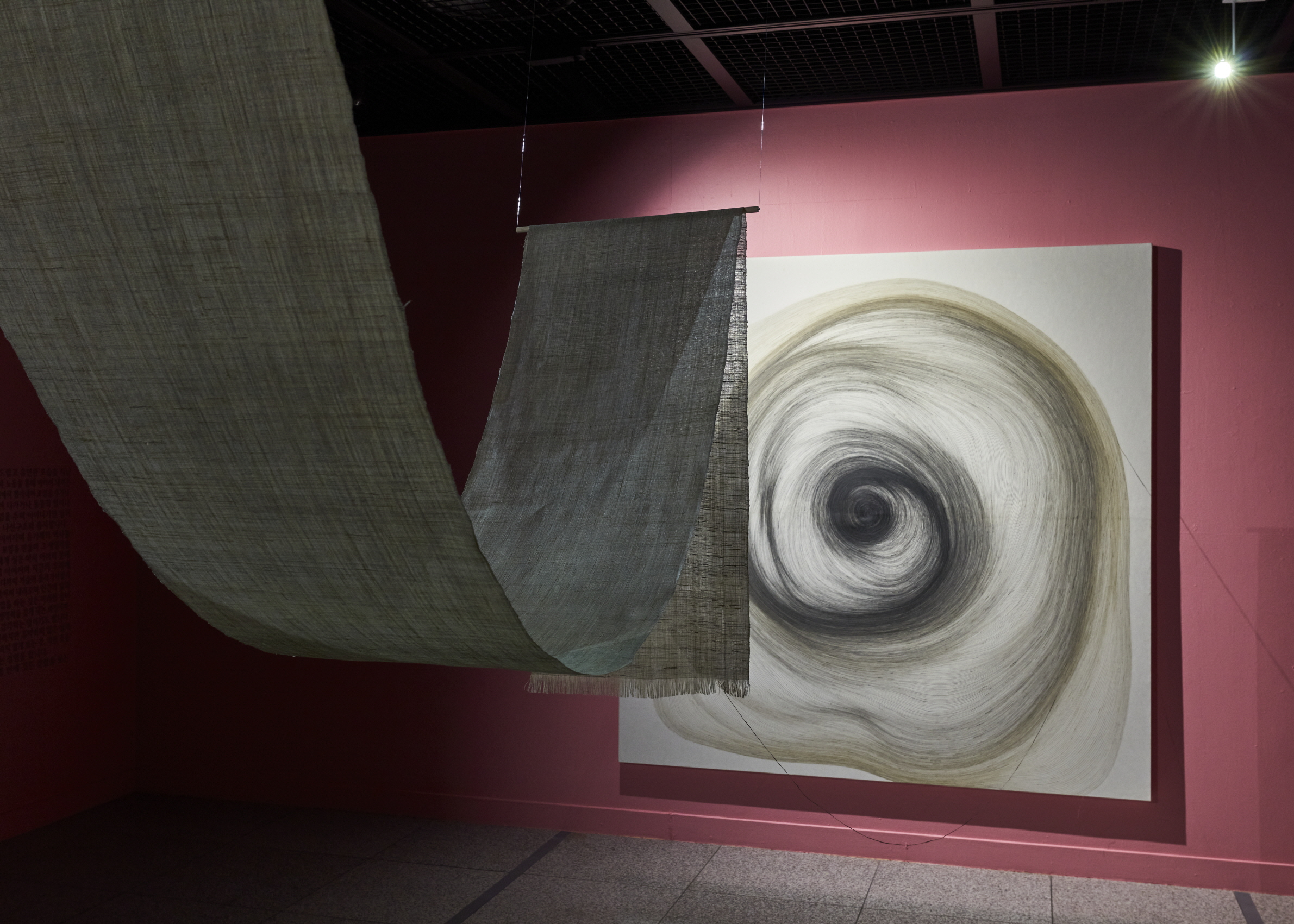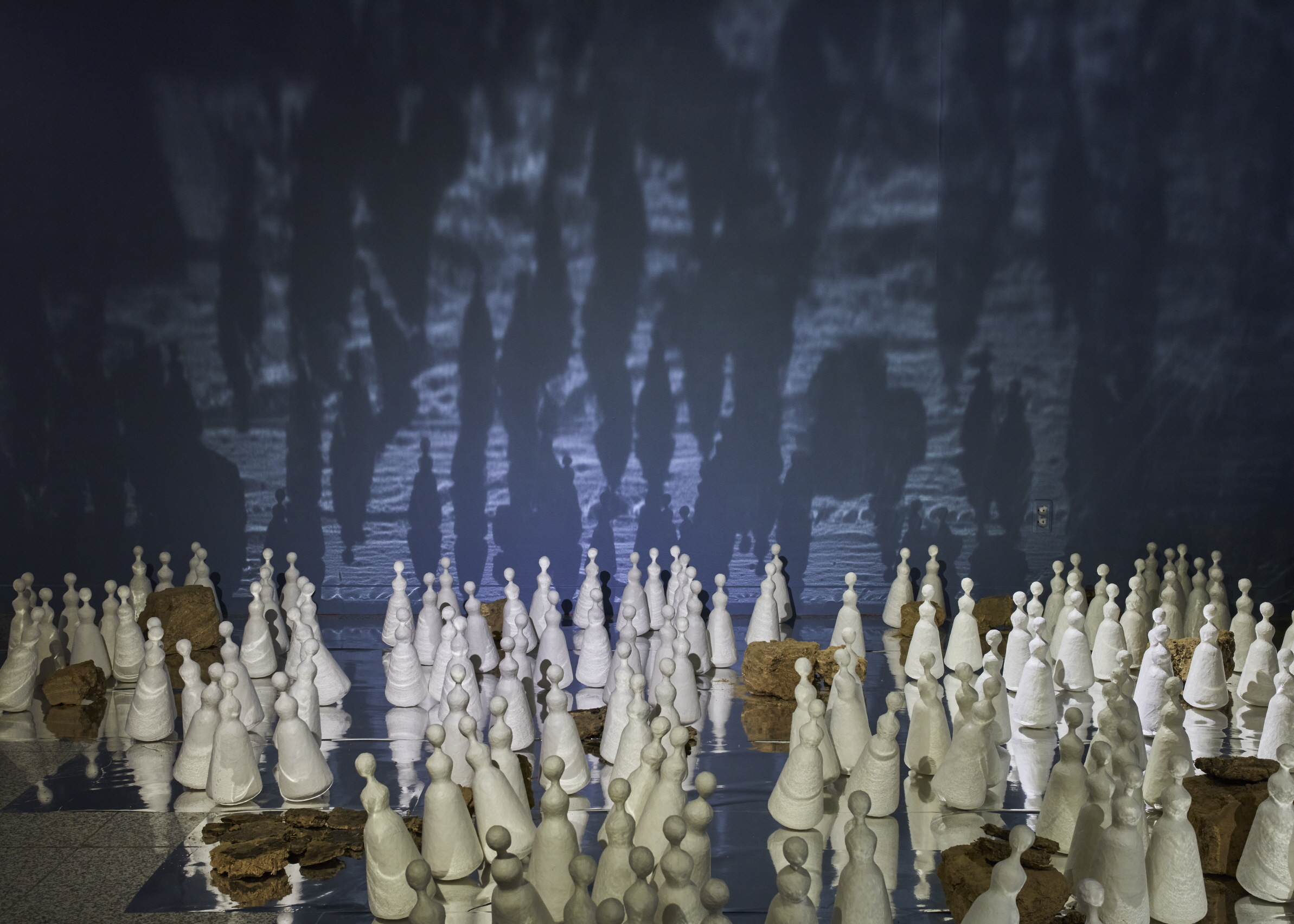- 글번호
- 197204
- 작성일
- 2023.09.26
- 수정일
- 2023.09.26
- 작성자
- 박물관
- 조회수
- 223
MOONSHIN Museum Special Exhibition Motherhood_母性


By definition, motherhood means the spiritual and physical nature or instinct a woman has as a mother. Apart from this bland definition, the meaning of motherhood have changed according to ethical standards, customs, and time. In the past, motherhood was expected to be about ‘generously giving love’ or ‘devotion,’ which people would glorify and rave about, however, the opposite would be bound with being incompetent and immoral. The period of harsh judgements on motherhood is over with the improvement of women’s rights and the rise of feminism. For example, there are now arguments about how motherhood can not only be part of human nature, but also shaped through learning. Moreover, there are women, who desire to lead her own life, refusing motherhood due to the excessive sacrifice forced upon mothers. At one point, motherhood was dismissed as an obstacle in a woman’s independent life and became subjected to hate. During the first half of the 20th centaury, debates about gender discrimination and equality became intense, which resulted in the increase of women’s dignity and value. Accordingly, motherhood today is not considered as a myth, but valued as real-life parenting itself and viewed from different perspectives.
Individuals approach motherhood in a more emotional way in their personal lives, setting aside its history and theories. It is an emotion felt between ‘me and my mother,’ or ‘me and my child.’ On one hand, the relationship with one’s own mother has an influence over establishing oneself, on the other hand, the motherhood one has with their own child would be considered as a description of self-recovery that is accompanied with parenting.
Motherhood is special to an artist. For instance, an artist would express the love received from his or her mother, or capture the process of restoring one’s true self by rediscovering himself or herself through the experience of parenting their own children. In art history, motherhood during the pre-modern era was pictured as a mother in grief or a sublime sacrifice from a male-oriented perspective. Afterwards, female artists began to enter the art scene in the 19th century, for example, Käthe Kollwitz created a raw portrayal of motherhood based on a mother’s grief of losing her son. In addition, the 20th century female artist Louise Bourgeois revealed her scars inflicted by struggling over the sympathy she had for her mother through a massive sculpture of a mother spider,
In his work, the sculptor Moon Shin have expressed his longing for his mother due to her absence. Moon’s mother, who was Japanese, left her children behind and went to her hometown in Kyushu as she failed to overcome cultural differences and conflicts. As a result, Moon spent most of his childhood with his grandmother instead of his parents. Through the writings that reminisced that time, Moon revealed how he was a lonely child yearning for the mother who left him: “When I was young, it was perceived as unfortunate to have not been raised by parents.” and “after my mother left for Kyushu, I liked to play in the sand in front of the field of reeds without telling my grandmother.” Thus, the child who missed his mother liked to escape from the people that took pity on him and go to the place that held memories of his mother. Moon continued to write that “the surroundings of my childhood equipped me for my art, whereas my life overseas made me seek my hometown.” The artist, whose mother was absent during his childhood and have lived abroad during his prime, had a longing for his mother that overlapped his homesickness that was not only manifested through the fluent curves in his work, but also later played a role in building an art museum in Moon’s hometown, Masan.
‘Motherhood,’ which influenced both Moon’s work and life, is where this exhibition began. The lack of motherhood in Moon Shin’s upbringing became the foundation of his art world. Moreover, the inference from the absence of the artist’s mother to the longing for his country inspired the basis of the shape of his work, and finally, Moon Shin settled in his hometown Masan for his latter years.
The exhibition begins with ‘Motherhood’ painted by the sculptor Moon Shin, and continues with the warm motherhood of Kwon Ki-mi that is conveyed by hope, the independent and confident motherhood by Yang Soon-yeal, and the motherhood as nature intended portrayed by Min Ho-seon. Feel the temperature of motherhood that is not based on worship or hatred, but originated from the artists’ personal experiences.

Kwon, Ki-mi _‘Motherhood,’ Handing Down Warmheartedness
The artist used her mother’s old bojagi as a motif in this new work, which was made as a three-part series. The work takes shape as the traces of time left by her mother, who took care and loved the artist, are passed through the artist as a heartful wish for the artist’s child. Another work on exhibit is
My child declared independence and left our home after coming of age. When I visited the new home, I poured makgeolli in several bowls and placed it all over the house, just like my mother did, to pray for my child to be safe and sound. At this moment, I felt that this must be what motherhood is.
- Artist’s note.
Kwon Ki-mi expresses her nature with the flow of ink, tie-dye stains, natural tones and images, drawings in stitches, and blank space.

Min, Ho-seon_‘Motherhood’ from Nature
The passage of time is visible in the works by the artist, Min Ho-seon. There are features that show how time passes in an infinite space, such as the accumulation of thread on a wide surface; the running ink on white rice paper; the tiny differences in the sky according to the day it was depicted on canvas. The earth, sea, and sky, which forms the background of the work, becomes a space where life is born and nurtured. The painting made with the loose warp threads from fabrics resemble a linked umbilical cord that could be perceived as a new-born life from nature. Thus, the scene that captured the creative process from original materials to artwork displays the ‘motherhood’ substituted from nature.
You can feel the passing of time, earth, and nature.
There is a moment when familiar things become unfamiliar.
That is when I feel distance with the things close to me and become curious what are these things that are related to me. It is also when I think about the reason for my existence as I feel unfamiliar with the soil I am stepping on and the sky over my head, as well as the things I hold in my hands. These moments lead me into questioning the time and space when these moments happen, as well as the time I am living in and the place I exist in.
-Artist’s note.
Min Ho-seon visualizes the passage of time through thread and lines. The artist has explored the relationship with time since the 2012 private exhibition ‘Flow,’ and continued in exhibitions such as ‘At the Time of the Encounter (2017)’, ‘Stay (2019)’, and ‘Permeate (2020).’

Yang, Soon-yeal_Confident and Strong ‘Motherhood’
The artist’s representative work,
Your ottogi in your heart
My ottogi in my heart
Motherhood is reflected in the image of a mother shaped as an ottogi based on the imagination of an artist.
Motherhood is achievable through love and trust, as well as the nature of emptiness and modesty.
Motherhood is possible when one unites with the universe and moves forward with not only human, but also all living creatures.
It is a mass of energy like a lucky charm that makes our lives move upwards.
-Artist’s note.
Yang Soon-yeal is a multimedia artist who explores the possibility of overcoming the crisis of this era and achieving a spiritual communion among human, objects, and nature by restoring an extended notion of motherhood.